
- Home
- Character
- Country
- Material
- Metal
- Period
- 1795 - 1900 (56)
- 17th Century (2)
- 18th Century (2)
- 1901 - 1999 (43)
- 1930s (2)
- 1940s (3)
- 1950s (2)
- 19th Century (2)
- After 2000 (8)
- Before 1900 (2)
- Feudal Coinage (2)
- Feudal Currency (17)
- Francs 1962 - 1997 (2)
- Imperial 96 - 235 Ad (21)
- Old Francs 20th (2)
- Old Francs Xxth (2)
- Republic 300 - 27 Bc (6)
- Royal Coinage (11)
- Royal Currency (84)
- Other (4069)
- Year Of Minting
Translate this title in English: Royal II. Anglo-Saxon Penny. Very Rare.
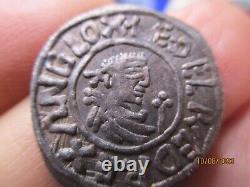
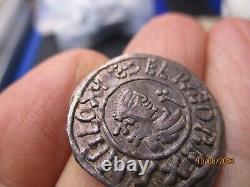
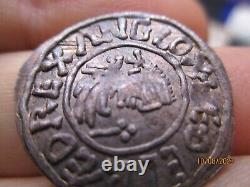
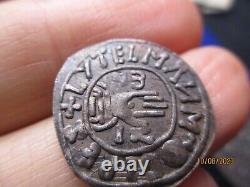
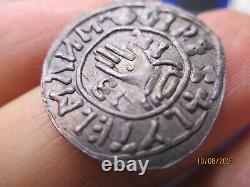
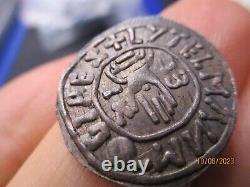
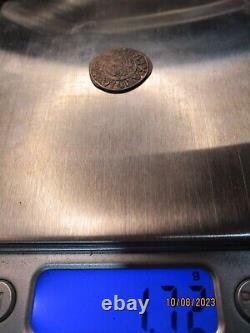


This product sheet has been automatically translated. If you have any questions, please feel free to contact us. This seems to be a variant of ANGLO-SAXON, kings of all England. AR Penny (20 mm, 1.75 grams of silver, 9h). Mule of second hand/first hand type BMC iid/iia, Hild.
NGL(ORX), diademed and draped bust to the right; scepter in front / + L? M-O GIPES, manus Dei descending from the clouds; barred? Sadler 130; SCBI -; Hild. 1083; BMC; Nord 768/766; SCBC 1146/1144. Sadler discusses this particular issue on pp.70-3, and considers it not as a mule, but as a transitional type that was struck in light of the Danish invasion of 991 led by Olaf Tryggvason see also M. Dolley, A mythical Second Hand First Hand Mule of Aethelraed II », NumCirc October 1966, p. He also suggests that the second hand type began in Ipswich in 991, rather than in 985. Van der Meer, in their article "Mints and Moneyers c.
Studies in Late Anglo-Saxon Coinage [Stockholm, 1990], attempted to list the known mints and moneyers for all coins of this period, including mules and transitional types. They only list one mint-moneyer combination for this mule type, Theodgar at Lewes, although the Lytelman variety at Ipswich is listed in Hildebrand. They only list one mint-moneyer combination p.

